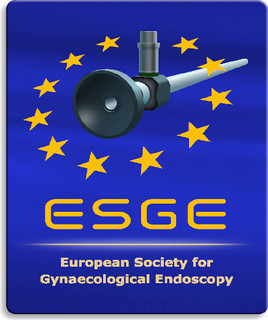Prevention of multiple pregnancies after assisted reproduction: the Belgian project
Cost-effectiveness, IUI, infertility treatment, IVF, multiple pregnancies, policy, reimbursement
Abstract
An increased incidence of maternal, perinatal and childhood morbidity and mortality has been described due to the epidemic of iatrogenic multiple births as a result of infertility treatment. The result is a much higher healthcare cost of infertility therapy which automatically will lead to social and political concern.
Single embryo transfer in selected cases seems to be the best option in reducing the number of multiples after IVF/ ICSI. The Belgian project in which reimbursement of ART-related laboratory activities is linked to a transfer policy aiming at substantial multiple pregnancy reduction and taking into account the age and cycle number of the patient, is a good example of forward-looking health economics. The twin pregnancy rate has dropped to 10% and triplet pregnancies almost disappeared.
Considering non-IVF assisted reproductive technologies: a low multiple pregnancy rate of less than 5% is noted in Belgium for IUI procedures with homologous and donor semen. This can easily be explained: in almost 80% of IUI cycles no ovarian stimulation (natural cycle) or clomiphene citrate has been used. When gonadotrophines are used, our aim is to support the growth of one or two follicles, so avoiding the high risk for multiples.



